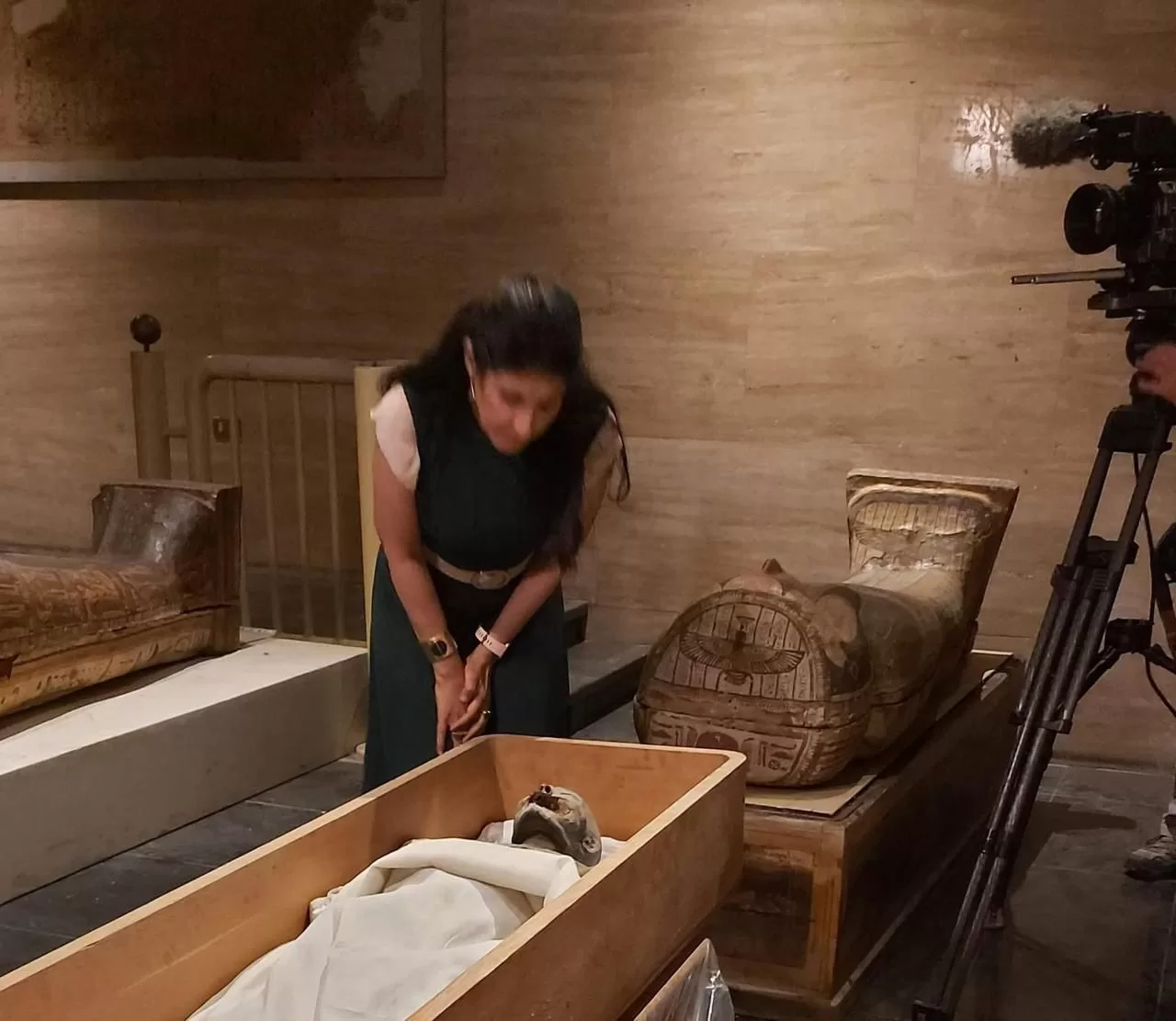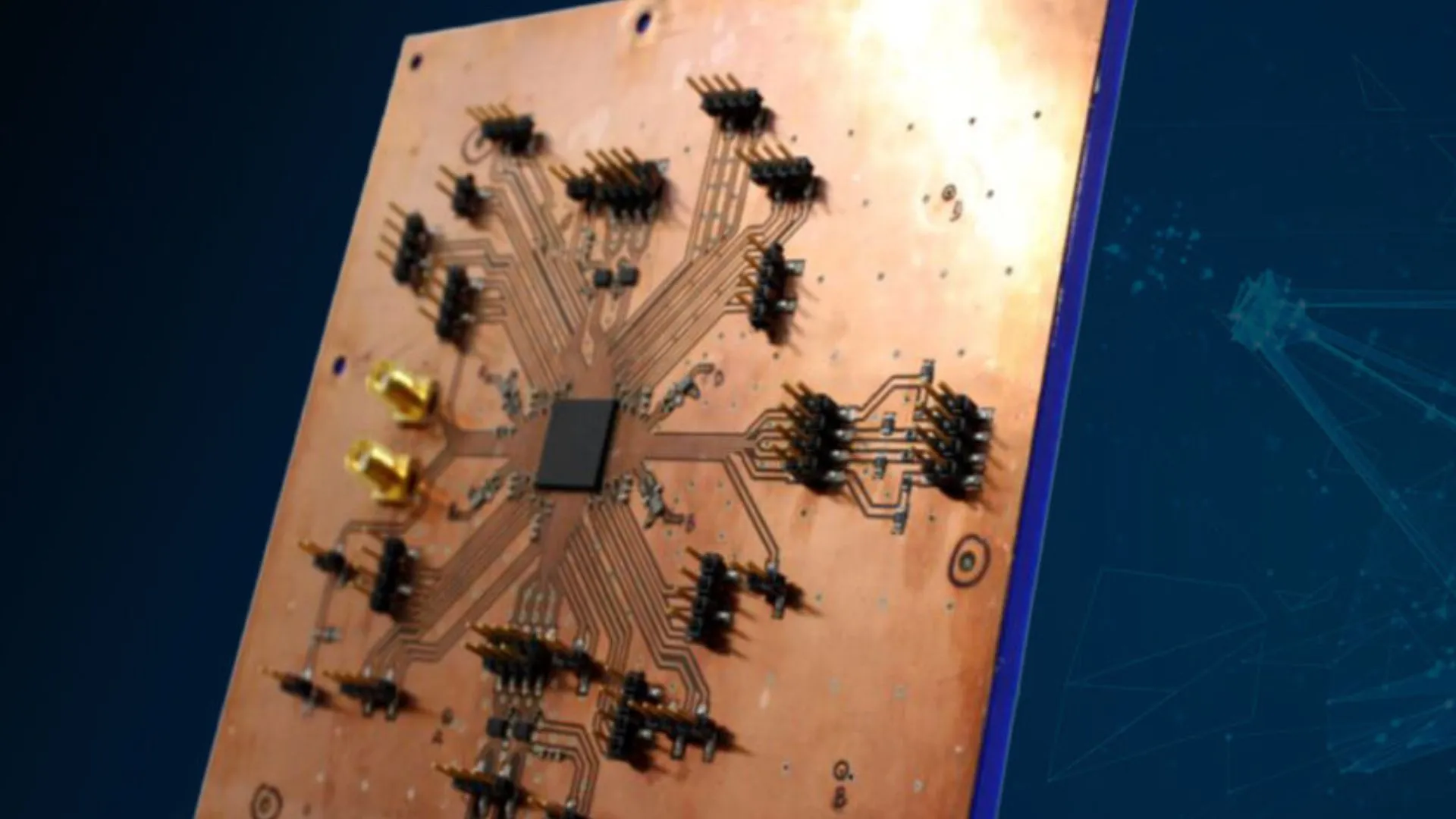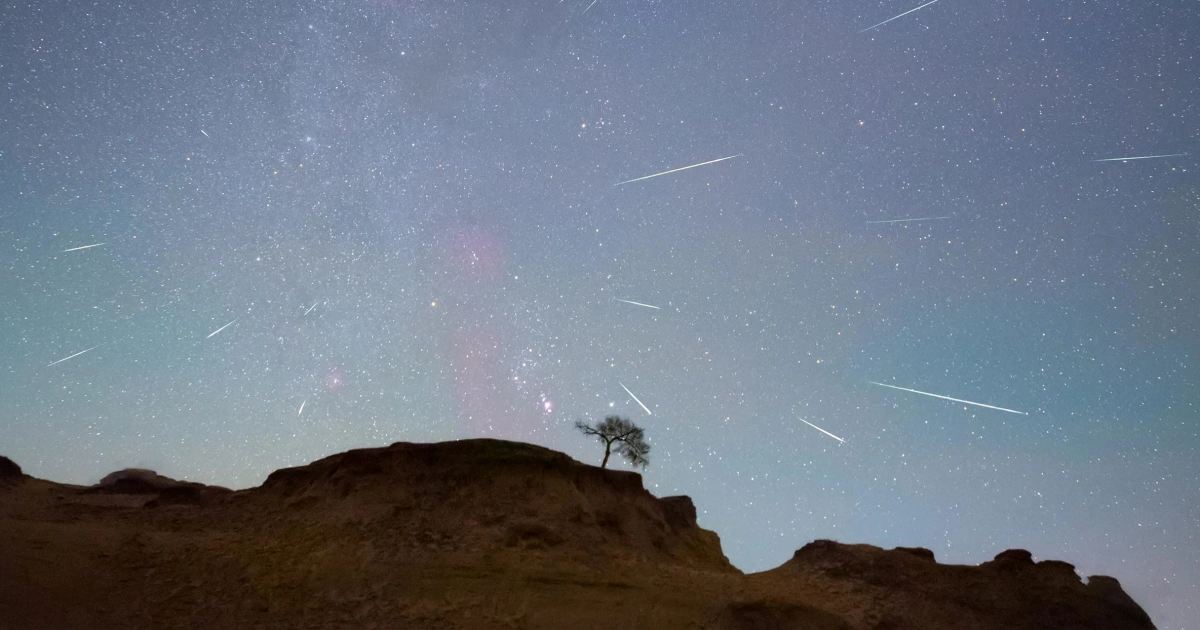Copyright egyptian-gazette

Viewers around the world are invited on October 23 to journey through the hidden tombs of ancient Egypt while at home. A ground-breaking international documentary will offer a fresh and science-driven perspective on the ancient Egyptian civilization, by far the world’s greatest. Called ‘The Egyptian Mummies: Immortality Unwrapped‘, the documentary, produced by ZED and directed by Alexandra Barbot, will premiere in France. At the centre of the film is Sahar Saleem, an esteemed professor of radiology at Cairo University and the lead radiologist of mummies and ancient artefacts (paleoradiologist) at the Egyptian Ministry of Tourism and Antiquities. Through cutting-edge imaging technology and expert analysis, Saleem brings long-lost stories of the pharaohs and their people back to life, revealing secrets preserved for thousands of years. For Saleem, whose work has spanned over two decades, featuring in this documentary is a “meaningful recognition” of her mission: using medical imaging to honour, protect, and reveal the stories of her ancestors. “By CT scanning and X-raying hundreds of mummies, including Egypt’s royals, I’m able to give a voice to those who might otherwise remain silent,” she told the Egyptian Mail, the weekly edition of The Egyptian Gazette. “Sharing these discoveries with the world isn’t just scientific, but profoundly a fulfilling mission,” she added. Her journey, always guided by curiosity and care, began many years ago during a fellowship in brain imaging in Canada. She recalls witnessing an ancient Egyptian woman’s mummified body being scanned. At that moment, she realised that the CT scanner was like a time machine. “I could apply my skills in radiology, not just to living patients, but to the past itself,” Saleem said. “Each mummy became not just a specimen, but a patient, my ancestor!” she added. Returning to Egypt, Saleem pioneered the use of non-invasive imaging to peel back the wrappings of time itself, without disturbing the mummies. Her work soon led her to helm the Egyptian Mummy Project at the Egyptian Ministry of Antiquities. This gave her the privilege of studying over 40 royal mummies, among many others. The new documentary brings Saleem’s groundbreaking radiology work to center stage. As the principal scholar, she guides viewers through the meticulous and reverent scientific analysis behind the CT scans of the royal mummies, every pixel revealing a detail touched by history, faith, and love. The documentary interviews also, a team of international Egyptologists who contribute their perspectives, exploring other archaeological and historical aspects to provide a comprehensive narrative. “I can tell their ages at death, diagnose ancient diseases, and even reconstruct how sophisticated embalmers preserved and honoured these individuals,” Saleem explains. “For instance, scanning King Tutankhamun allowed us to confirm that he died at just the age of 19, living with a slightly weak foot,” she said. CT scans of King Ramesses III have confirmed the story of harem conspiracy, revealing a deep fata; cut to his throat and a severed toe—stark physical evidence of royal betrayal and violence that lay hidden for millennia. “It’s extraordinary,” she says. “It’s like a CSI investigation—science unraveling a 3,000-year-old mystery.” Perhaps most moving are discoveries like those about King Seti I, father of Ramesses the Great. “CT imaging revealed that embalmers had placed fillers beneath the skin of his face and body, restoring a lifelike, youthful appearance to ensure he would remain both recognizable and beautiful for eternity,” Saleem said. “This was a sacred and artistic act—one never known to have taken place until this CT scan uncovered it.” The science is awe-inspiring, but so too is its spiritual resonance. Saleem describes how New Kingdom mummification combined art, chemistry, and devotion: evisceration (removing of internal organs)prevented decay, but embalmers also filled the body with resins like juniper and beeswax; carefully placed linen, cosmetic fillers, and protective amulets swaddled the dead for the next world. “It was a promise, science in service of the soul’s journey,” she says. Saleem hopes international audiences come away with a deeper respect for ancient Egypt’s remarkable wisdom and achievements. Ancient Egyptians, she said, were pioneering scientists, thinkers, and artists in every aspect of life. Mummification, she added, wasn’t just ritual, it was a sacred and advanced technology for eternal life. She is equally passionate about highlighting the role of modern Egyptians in today’s discoveries. “Egyptology is not just a field of foreign explorers,” she said. “It is led by Egyptians, using new technologies to reclaim and interpret their own history.” More than anything, Saleem calls on viewers to look beyond the linen wrappings. She expressed hopes that people around the world see mummies as human beings. ““Through paleoradiology, we can uncover the personal stories and lived experiences of individuals from the past,” she said. “It allows us to see them not just as mummies, but as people—and to connect more deeply with the human desire to understand death, legacy, and the afterlife,” she said. Saleem values the opportunity to carefully “digitally unwrap” mummified bodies and artifacts, reconstruct ancient faces, and help preserve the biological legacy of the Pharaohs and ancestors for future generations. Filming with Barbot and the team was for her a journey in humanity and science: “It highlighted why these remains must be treated with the deepest respect, and why sharing their stories, with scientific accuracy and empathy, matters now more than ever,” she said. She remembers the documentary’s most powerful moment: when she recalled seeing King Amenhotep I’s face emerge on her CT monitor. “His mummy had remained sealed for over three thousand years. To be the first, after all this time, to see his face, recognise his features, and notice how his arms were folded across his chest in the Osiris gesture, a sign of kingship and rebirth, was an intensely emotional experience,” she said. “My identity as an Egyptian, and as a scientist, found harmony in that instant,” she added.



